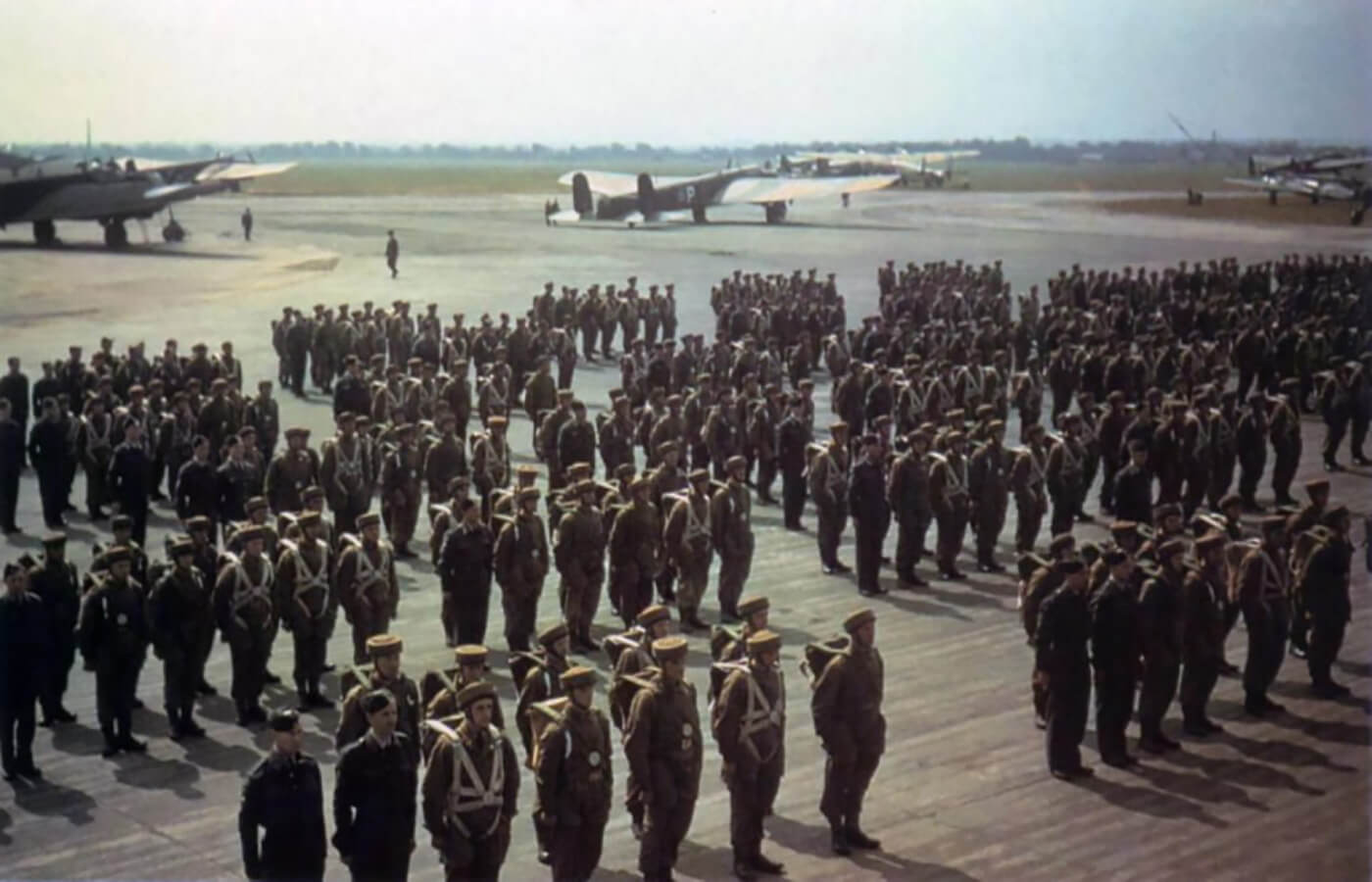| Page Created |
| June 2nd, 2022 |
| Last Updated |
| June 9th, 2022 |
| Additional Information |
| The Parachute Regiment Order of Battle Commanders Operations Equipment Multimedia References Interactive Page |
| Badge |
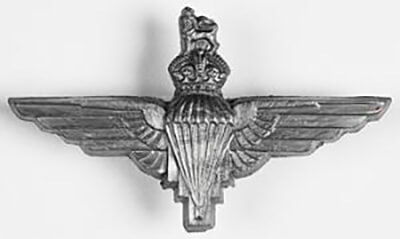 |
| Motto |
| Utrinque Paratus Ready for anything |
| Founded |
| June 24th, 1940 |
| Disbanded |
| – |
| Theater of Operations |
| Northwest Europe Bruneval North Africa Oudna Soudia Djebel Azzag Djebel Alliliga El Hadjeba Tamera Dejebel Dahara Kefel Debna Sicily Primosole Bridge Italy Taranto Orsogna Greece Athens Northwest Europe Normandy Landing Pegasus Bridge Merville Battery Breville Dives Crossing La Touques Crossing Southern France Arnhem Ourthe Rhine |
| Organisational History |
On June 21st, 1940, the Air Ministry creates the Central Landing School under command of Squadron Leader Louis Arbon Strange at Manchester’s Ringway Airport. The intention of this school is to train special units and secret agents in parachuting as done by the Royal Air Force.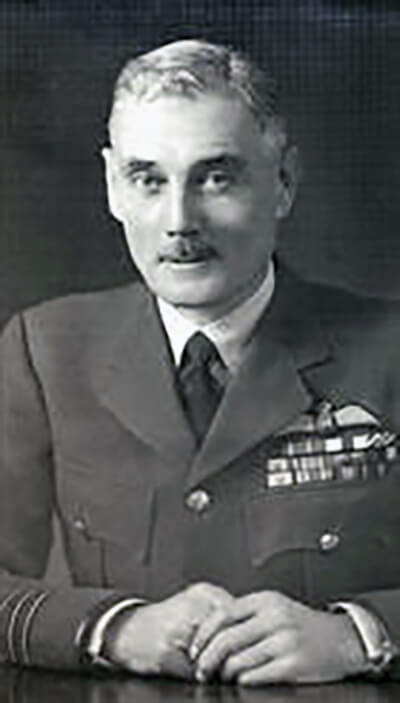 Squadron Leader Louis Arbon Strange On June 22nd, 1940, Prime Minister Winston Churchill send a memorandum to General Hastings Ismay. Hastings Ismay was the head of the Military Wing of the War Cabinet Secretariat. Churchill called for a force of at least 5,000 parachute troops, consisting of British troops, men from Commonwealth and other Allies. 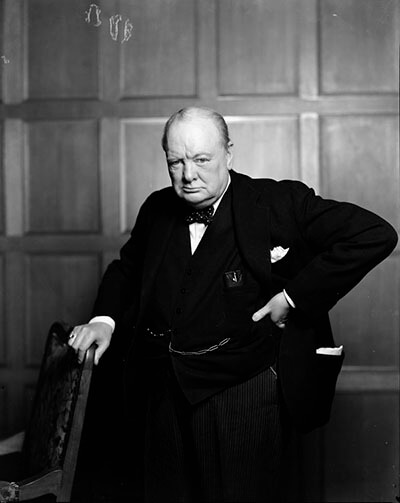 Sir Winston Churchill Two days later Major John Rock of the Royal Engineers was ordered to “take charge of the military organisation of British Airborne Forces” and was stationed at Ringway. Together with Captain Lindsay, he set to work as senior officers. Although neither of them had any previous experience with parachute training, they proved to be great problem-solvers with a deep sense for logic. They also received a great deal of help from the commander, the parachute instructors and parachute packers of the Central Landing School. They were able to get their hands on six older Armstrong-Whitworth Whitley bombers that were converted into parachute aircraft. They replaced the tail turret of the Whitley by an open pulpit. The idea was that the paratrooper would stand in the pulpit, facing forwards, holding on to a handrail. The ripcord was pulled by a despatcher which would deploy the parachute and pull the paratrooper of the pit. Besides the aircraft they also got a hold on a fair supply of modified Irvin aircrew parachutes. With the primary needs of the new unit covered they were set the start. 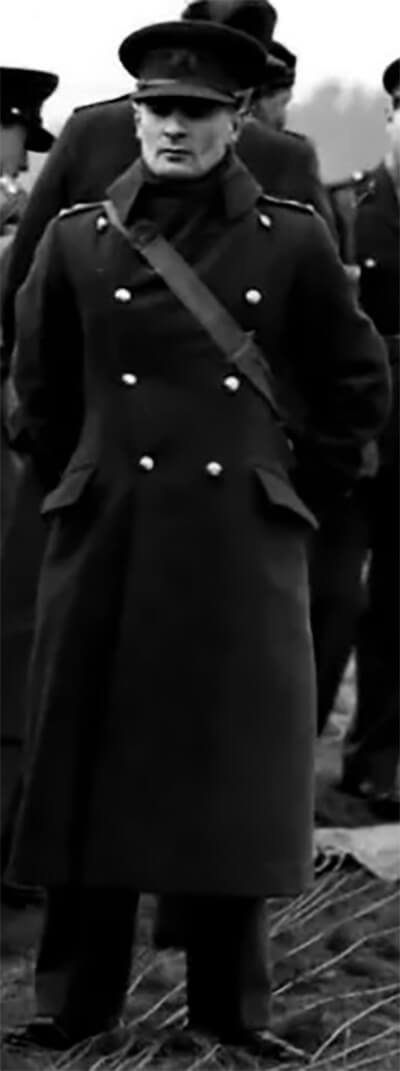 Major John Rock Newly formed, No. 2 Commando, commanded by Lieutenant Colonel C.I.A. Jackson is chosen as the first unit to undergo parachute training. They start to arrive from July 2nd, 1940, on. As early as July 13th, 1940, the first British soldier makes his first parachute descent. However, on July 25th, Driver Ralph Evans, RASC, falls to dead when his parachute fails to deploy (also known as Roman candled) This is the cumulation of several other dangerous incidents with both the Irvin parachute as the Whitley bombers. Major Rock stops the parachute training, and No 2 Commando is sent to Scotland. Here they undergo field training, hunting training and unarmed combat at the School for Irregular Warfare at Achnacarry. 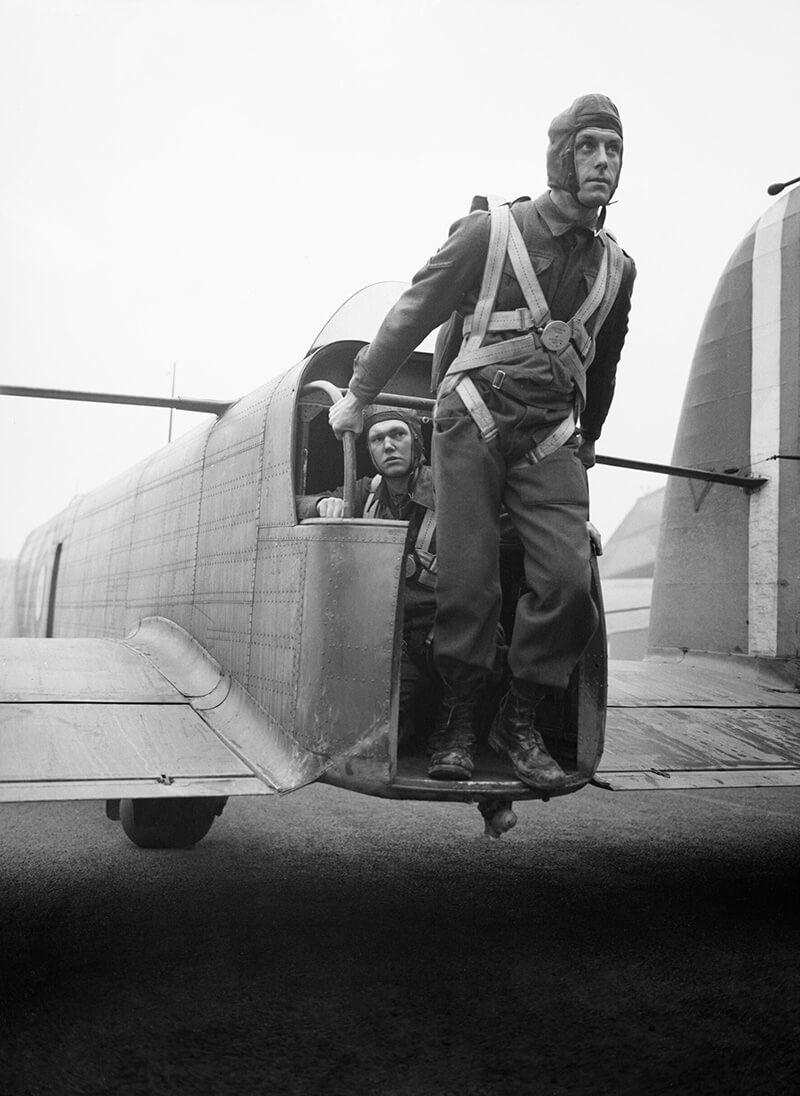 A paratrooper demonstrates the exit point from the tail of a Whitley bomber converted to parachute-dropping, RAF Ringway, January 1941. In the meantime, Sir Raymond Quilter and James Gregory, founders of the GQ Parachute Company had solved the parachute problem with the development of the X-type parachute. Major Rock and Squadron Leader Strange also complain with the Air Ministry over the suitability of the converted Whitley bombers. However due to the shortage of aircraft no other aircraft were made available for parachute training. They decide that the pull off method is no longer used, and that paratroopers leave the aircraft threw a circular hole in the fuselage from now on. This hole is cut in the floor and could be closed by two hinged doors. On August 14th, No. 2 Commando is allowed to resume parachute training. During the late summer and autumn of 1940, the unit carries out several exercises, mostly to impress and convince high ranking officers. 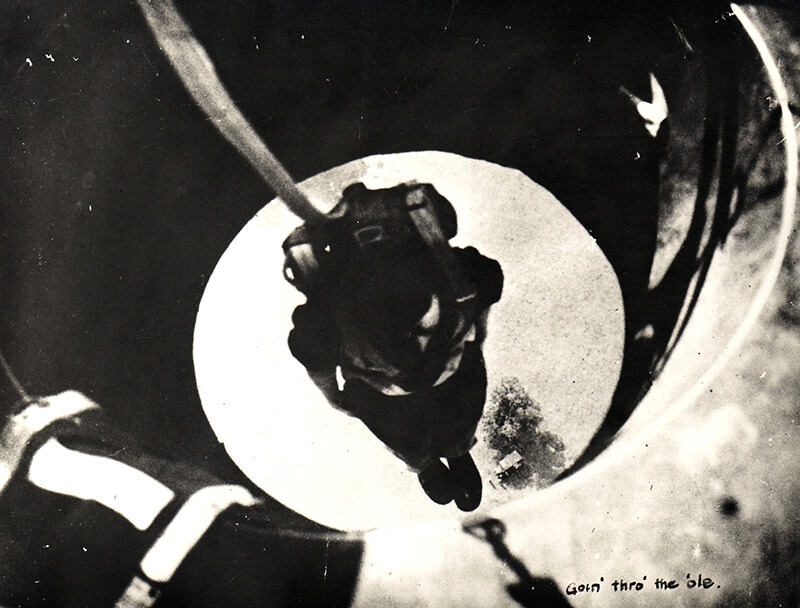 Going through the hole of the Whitley. On November 21st, the unit is re-named 11 Special Air Service Battalion. Because of the lack of action, the battalion has great difficulty maintaining its numbers. Until January 1941 it becomes clear that the battalion would come into action. A total of thirty-one men are selected to take part as X troop in Operation Colossus. 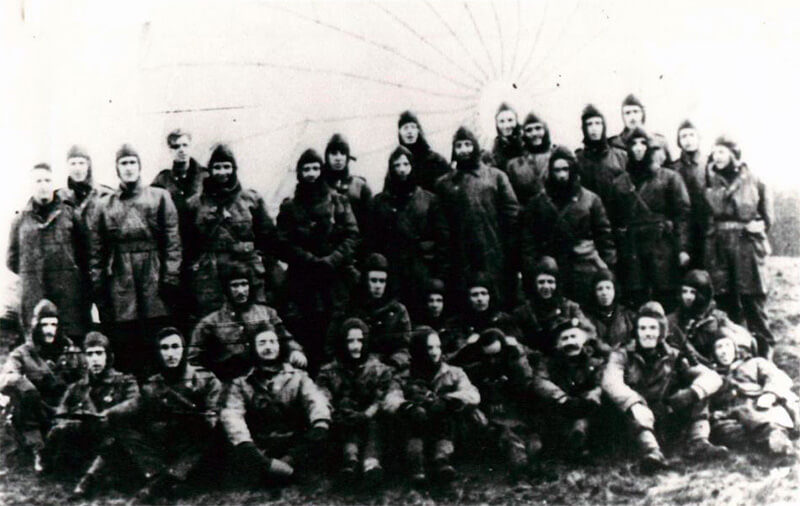 X Troop of Operation Colossus before coming into action. In September 1941, 1st Parachute Brigade is formed under Lieutenant Colonel Richard Nelson “Windy” Gale. The brigade would have three battalions. The 11 Special Air Service Battalion is renamed as the 1st Parachute Battalion. The 2nd and 3rd Parachute Battalions are raised on September 30th, 1941, and are formed from volunteers. These volunteers have to be between the ages of twenty-two and thirty-two and already be serving in infantry units. Only ten men from any one unit are allowed to volunteer for the paratroopers. The battalions are distinguished by lanyards. Headquarters gets a Blue lanyard, the 1st Parachute Battalion, green, the 2nd Parachute Battalion, yellow and the 3rd Parachute Battalion, red. At that time, the members of the brigade still wear the uniforms and headgear from their original regiments. 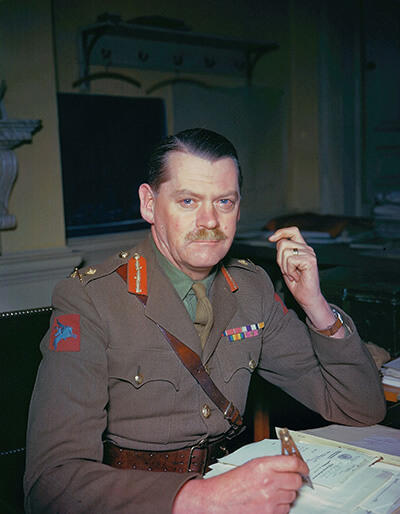 Lieutenant Colonel Richard Nelson “Windy” Gale In October 1941, Major-General Frederick Arthur Montague ‘Boy’ Browning was assigned Commander Parachute and Airborne Troops. His primary task was to form an Airborne Division. Browning envisioned that since the paratroopers were new no would use them as a whole force but more likely as raiding units. He pressed for an orthodox divisional structure whose equipment scales reflected the airborne role, and which would be committed to battle as one fighting unit. Despite stiff resistance from within the army he managed to sell his idea and by the end of the year his command was reformed to headquarters of the 1st Airborne Division. The 4th Parachute Battalion was a little later and attached to the 1st Parachute Brigade.  Major-General Frederick Arthur Montague ‘Boy’ Browning To give the Parachute Battalions a parent organisation, the Army Air Corps (AAC) was established on December 21st, 1941. The AAC also had oversight of the newly formed Glider Pilot Regiment. In April 1942, Browning decided that the Corps should have some distinctive form of headgear, and he chose the beret as being most practical for parachutists. It is not clear how the beret got the colour maroon but from here on all parachute units were distinguished wearing a maroon beret. The airborne shoulder patch is from the same time. Designed by Edward Seago, camouflage officer of Southern Command, it shows Bellerophon, on the winged horse Pegasus. The colours, and those of the Airborne badge worn below the patch on each sleeve of the battledress blouse, were Cambridge blue and claret. It is said that they were Browning’s pre-war racing colours.  Pegasus and Airborne Shoulder Patch In June 1942, the 4th Parachute Battalion is detached from the 1st Parachute Brigade and used as the nucleus for the formation of the 2nd Parachute Brigade. The 7th Battalion, The Queen’s Own Cameron Highlanders is redesignated as the 5th (Scottish) Parachute Battalion and the 10th Battalion, The Royal Welch Fusiliers becomes the 3rd Battalion of the brigade, redesignated as the 6th (Royal Welch) Parachute Battalion. The battalion are also distinguished, in this case not only by lanyards. The 4th Parachute Battalion adopts a black lanyard, while the 5th uses the Balmoral bonnet instead of the red beret, with Army Air Corps cap badges on patches of Hunting Stewart tartan, the 6th retained the black collar ribbons of the Royal Welch Fusiliers. The Brigade is also attached to the 1st Airborne Division. 1st August 1942, the Parachute Regiment was founded, and all six Parachute Battalions are assigned to it. In November 1942, the 7th (Light Infantry) Parachute Battalion, 8th (Midlands) Parachute Battalion and 9th (Eastern and Home Counties) Parachute Battalion are formed. The 7th from the 10th Battalion, Somerset Light Infantry, the 8th by the conversion of the 13th Battalion Royal Warwickshire Regiment and the 9th from the 10th Battalion, Essex Regiment. All three battalions are assigned to the newly formed 3rd Parachute Brigade. No. 2 Parachute Training School at RAF Kirbrit, Egypt was founded by the end of 1942. A little later the 4th Parachute Brigade is formed from units in the Mediterranean and Middle East. The newly brigade was composed of three parachute infantry units, the 10th (Sussex) Parachute Battalion formed from volunteers from the 2nd, 4th and 5th battalions, Royal Sussex Regiment in Egypt. The 11th Parachute Battalion was formed from the officers of the 156th Parachute Battalion, the latter would form the third battalion of the brigade. The 156th Parachute Battalions was actually an older parachute regiment. The battalion was formed in 1941 from volunteers in British India from of twenty-seven different battalions. It was initially designated as the 151st Parachute Battalion and assigned to the 50th Indian Parachute Brigade. It was then decided they were no longer required in India, so the battalion was redesignated as the 156th Parachute Battalion. and sent to the middle East. 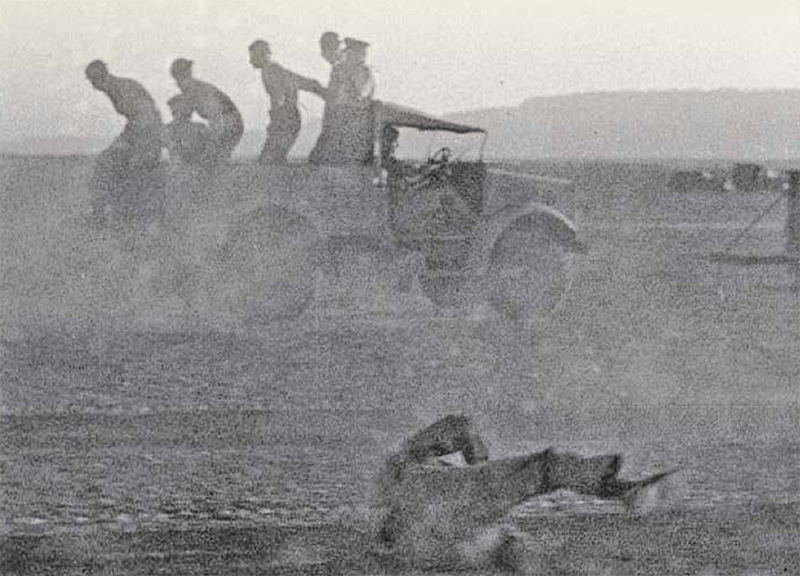 Ground training at No. 2 Parachute Training School at RAF Kirbrit, Egypt. On April 23rd, 1943, the War Office authorises the formation of a second British airborne division, the 6th Airborne Division. The first unit to arrive was the 3rd Parachute Brigade. Two airlanding battalions are transferred from the 1st Airborne Division, to form the nucleus of the new 6th Airlanding Brigade, the 2nd Battalion, Oxfordshire and Buckinghamshire Light Infantry and 1st Battalion, Royal Ulster Rifles. The third battalion, the 12th Battalion, Devonshire Regiment joins them soon after wards. Between May and September, the remainder of the divisional units were formed. including the 5th Parachute Brigade. Nucleus of the 5th Parachute Brigade are the 10th (East Riding Yeomanry) Battalion, Green Howards is redesignated as the 12th (Yorkshire) Parachute Battalion and the 13th (Lancashire) Parachute Battalion is formed from the 2/4th Battalion, South Lancashire Regiment. They are formed in May 1942 and joined in August by the more experienced 7th (Light Infantry) Parachute Battalion. This battalion has been detached from the 3rd Parachute Brigade. Other units to arrivé within these months are the 6th Airborne Armoured Reconnaissance Regiment, the 53rd (Worcester Yeomanry) Airlanding Light Regiment, Royal Artillery, and the division’s Pathfinders the 22nd Independent Parachute Company. 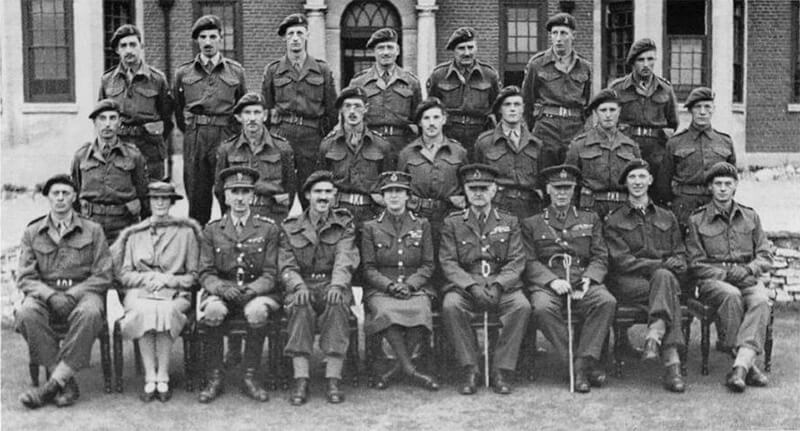 The Offices of 6th Airborne Divisional Signals. Taken at Bulford, during the visit of HRH, The Princess Royal on September 9th, 1943. Meanwhile on May 25th, 1943, a new badge is adopted for the Parachute Regiment. This is the winged parachute with the crown and lion that is still used. The parachute battalions are the only airborne units to end up with this badge, glider and support troops keep their original regimental cap badges. Around this time in 1943 the 1st Airborne Corps is formed. The Corps consists of the two British divisions and the 1st Polish Independent Parachute Brigade. It is commanded by commanded by Major-General Frederick Arthur Montague ‘Boy’ Browning By the end of 1943, the 2nd Independent Parachute Brigade is fighting as an independent unit in Italy. They take casualties but receive little replacements. Therefor a training unit and parachute school are eventually set at Gioia. After the fall of Rome, the facility is moved to Lido di Roma. Volunteers from 8th Army units passed through these facilities before joining the brigade. A smaller parachute school is set up near Monopoli on the Adriatic coast. This facility is almost exclusively used by the special forces, SOE and commandos who are inserted as beach-marking and reconnaissance parties into occupied Yugoslavia prior to amphibious operation. During the beginning of 1944 preparations are made for the upcoming European Invasions. All troops necessary are gathered in Great Britain and decided is that the 6th Airborne Division is going to be dropped into Normandy while the 1st Airborne Division is kept in reserve. The 6th fights in Normandy for three months before being released and brought back to Normandy. In July and August 1944, a combined British and US Airborne formation is created. The unit consists of the two British airborne divisions (1st and 6th) and three American (the 17th, 82nd and 101st). It is designated 1st Allied Airborne Army, under the command of a U.S. Lieutenant-General Lewis Brereton.  Lieutenant-General Lewis Brereton After the debacle of Operation Market Garden, Major-General Frederick ‘Boy’ Browning is replaced by General Richard Nelson “Windy” Gale. Browning is too much affected by the loss of so many of his men at Arnhem. He is transferred to the Far East to become chief of staff to Mountbatten. The 1st Airborne Division is rebuilt in Great Britain. The 4th Parachute Brigade is almost completely destroyed. The remnants are reformed into the 1st Parachute Brigade. and the 1st Airlanding Brigade is also rebuilt. During the following months, the whole division is slowly brought up to strength. In January 1945, two more parachute battalions are formed in India. The 15th (Scottish Volunteer) Parachute Battalion is formed in India from the 1st Battalion, the King’s Regiment (Liverpool). The 16th (Staffords) Parachute Battalion was formed from the 1st Battalion of the South Staffordshire Regiment. Both units have been part of the Chindits. The last battalion to be formed in World War 2 is, the 17th Parachute Battalion (United Kingdom) was raised in August 1945 and assigned to the reformed 1st Parachute Brigade. When the war ended most Parachute Battalions were disbanded within a few years. Only the 1st, 2nd and 3rd battalion remain active within the Parachute Regiment until this date. |

